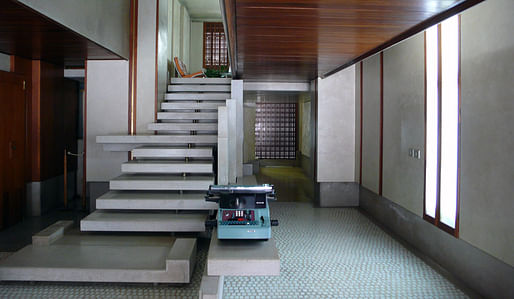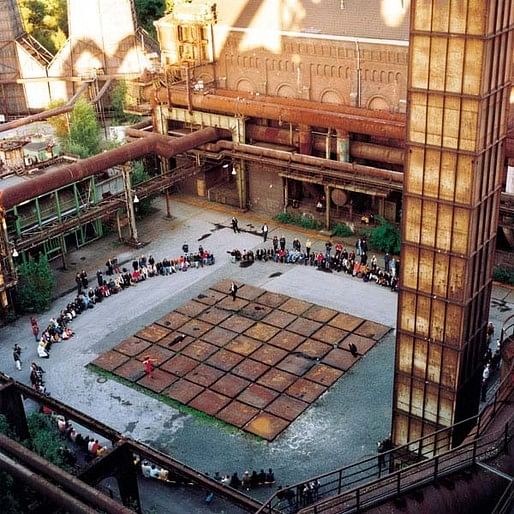
Last week the EPMA students had the submission of our first paper, the topic was „critical regionalism“.
What is critical regionalism?
„Critical regionalism is an approach to architecture that strives to counter placelessness and lack of identity in modern architecture by using the building's geographical context. The term "critical regionalism" was first used by the architectural theorists Alexander Tzonis and Liane Lefaivre and, with a slightly different meaning, by the historian-theorist Kenneth Frampton.Critical regionalism is not regionalism in the sense of vernacular architecture, but is, on the contrary, an avant-gardist, modernist approach, but one that starts from the premises of local or regional architecture.“ (Wikipedia)
During the 8-weeks long first part of the semester we had lectures about regionalism by Prof. Li Xiaodong and Prof. George Kunihiro. Both of them showed own works underlining their philosophy of working with the local. This can be meaning working with local materials, local kind of spaces and structures etc, but most important is to understand the local philosophies, mentalities, to study their behaviour and way of life - the local culture. The result should be a good mix of the understanding of the local influences and the re-interpretation in a modern language.
The international students were involved by preparing a presentation about their home-country and the architecture related to regionalism. Some students chose to show the traditional architecture (e.g. the typical woodhouses of Sweden) of their country while other students presented works of architects.
In the paper, which should be consisting of at least 3000 words we were free to choose an own topic addressing to the main topic of critical regionalism. One topic chosen was regionalism in Greece, greek architects related to regionalism and the development of regionalism in Greece with the first regionalism pioneers. In another paper the architecture of the italian architect Carlo Scarpa was presented and some of his projects discussed, such as the „Tomba Brion“ at San Vito and the „Olivetti showroom“ in Venice. The focus in this discussion was his working with materials and light.



Another topic with focus on materials and light was the architecture of Peter Zumthor, e.g. his therme in Vals, embedded in a discussion about whether he is belonging to the critical regionalists or not.


Also the reasons for the development of critical regionalism, the definition of identity, place and genius loci have been discussed by another student. What happens if the site doesn't offer beautiful materials or rhich cultural heritage? Landscape architect Peter Latz shows how to deal with „bad places“ with negative heritage such as contamination, garbage etc. in projects like „Landschaftspark Duisburg Nord“ or the „Hiriya Landfill Rehabilitation“ in Tel Aviv.




In the School of Architecture at Tsinghua University, Beijing, the English Program for Master Architecture (EPMA) provides a nationally accredited post-professional program in integrated architectural design. It combines a global network with local implementation. The program is focused on the construction of the human habitat, and the application of advanced building technologies.
No Comments
Block this user
Are you sure you want to block this user and hide all related comments throughout the site?
Archinect
This is your first comment on Archinect. Your comment will be visible once approved.